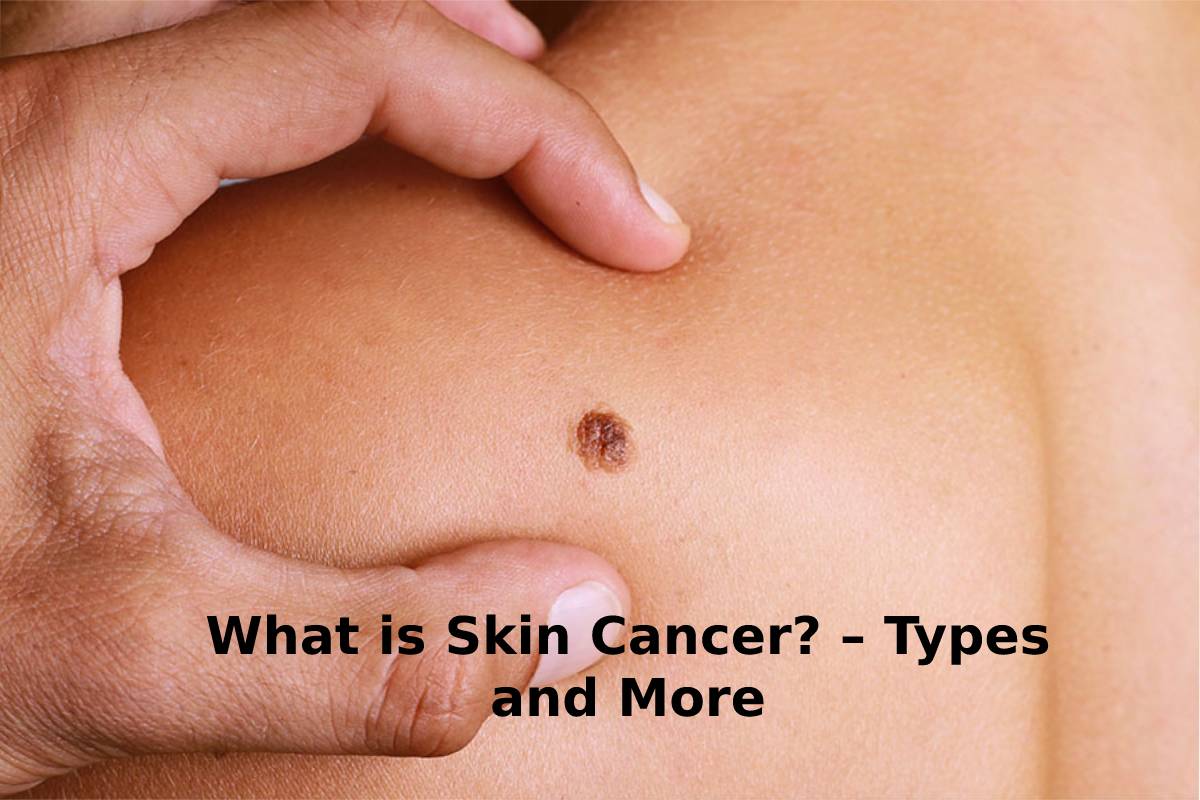Table of Contents
Introduction
Skin cancer: The skin is the largest organ of the human body. It covers an area of about 1.7 square meters and has numerous essential functions. For example, it protects us from the penetration of pathogenic germs, serves to excrete toxins, and regulates our heat balance. Not to forget: The skin is also our most significant sensory organ namely that for the sense of touch.
There are different cell types in each of these layers.
These skin cells can change. Benign changes are, for example, moles. Some people have these from birth. However, malignant changes are also summarize under the generic term cancer. They occur in different forms and are also treat differently. And you can see some cancer images here.
What Types of Skin Cancer are There?
Different forms of cancer are divided into groups in medicine, usually based on the affect cells. Read more about each type of skin cancer by clicking on each tile.
Light, White Skin Cancer
The light or white cancer originates from the horn-forming cells and is the most common. These include basal cell carcinoma and squamous cell carcinoma. Both types of cancer usually form daughter ulcers (metastases) only very rarely and therefore have good prospects (forecasts).
Black Skin Cancer (Malignant Melanoma)
Black cancer is a malignant tumor that originates from the pigment-forming cells of the it and therefore also bears the name malignant melanoma (“malignant pigment cell”).
Red/Rare Skin Cancer
Under the red skin cancer, three different rare skin cancers are summarize, which in turn arise in other skin cells.
Who can be Affected by Skin Cancer?
Most skin cancers affect men and women equally. However, in the case of black cancer, the age of onset varies: women fall ill on average at 59, and men on average only at 67. The place of origin is also often different. In women, the tumor is more likely to be located on the arms and legs. In men, very often on the trunk.
How can i Detect Skin Cancer?
Skin cancer almost always develops visibly on the skin and is therefore usually easy to recognize. In addition, we can partly detect skin changes ourselves. If a mole burns, itches, wets, or even bleeds, you should show it to a dermatologist.
process Treatment of Skin Cancer
Besides the tumor stage, the patient’s general physical condition is also decisive for cancer treatment. Depending on this, different forms of therapy can be use. Doctors distinguish between curative therapies and those used in the advanced stage: Curative treatment aims to remove or destroy the tumor and possible secondary tumors completely. Suppose the disease is already at a higher setting, so it can no longer be cured. In that case, the therapies are primarily intended to alleviate symptoms, improve patients’ quality of life and prolong life. Different treatment methods are use for both forms:
The most effective treatment method for cancer is surgery, as long as there are no metastases. Then, depending on the type of tumor, the affected tissue and 1 to 2 cm of healthy, neighboring tissue is remove.
Conclusion
Skin cancer, the abnormal growth of it cells, most often grows on skin exposed to the sun. But this communal form of cancer can also occur in areas of the skin that are generally not expose to the sun. There are three significant skin tumors basal cell carcinoma, squamous cell carcinoma, and melanoma.
also read:- how to say kiolopobgofit
